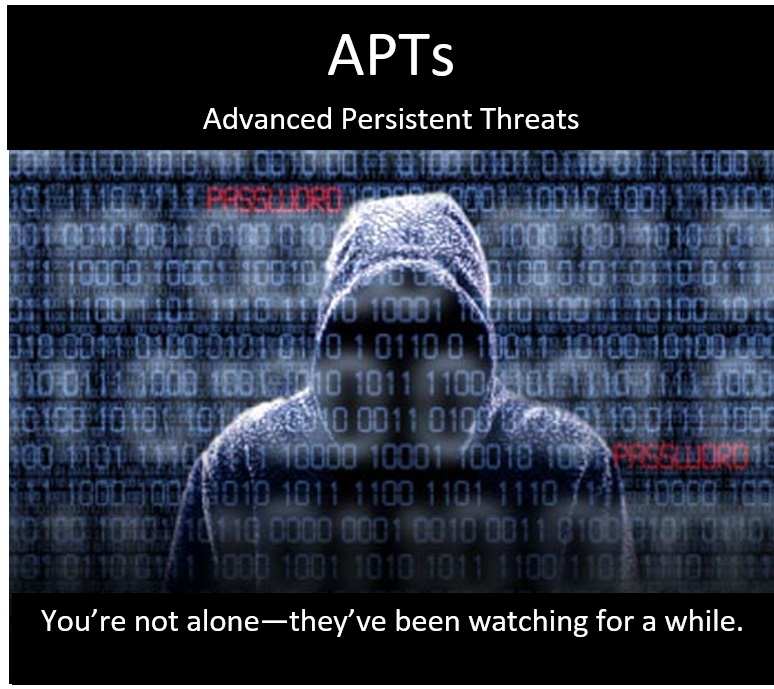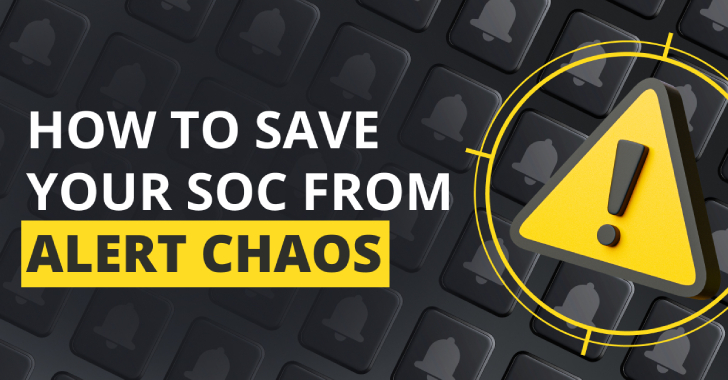Cyber Intruders Hiding in Plain Sight – APTs Are Everywhere
The Disturbing Threat Lurking in Your Network
Imagine a spy sneaking into your home, hiding in a closet, and silently watching your every move.
Creepy, right?
That’s exactly what Advanced Persistent Threats (APTs) are doing, but in your computer network. These cyber spies get in quietly, hang out for months or even years, and gather all your important information before you even know they’re there. Scary stuff.
APTs Are on the Rise
Recently, these digital spies have been super busy:
- North Korea’s Cyber Spies (June 2023) North Korean hackers, known as the Kimsuky APT group, have been using Facebook and other online platforms to infiltrate networks. While you’re casually browsing, they’re plotting their next move, exploiting social media’s connectivity to execute their targeted attacks.
- Iran’s Train System (July 2023) Iranian infrastructure was thrown into chaos when hackers breached the country’s railway system. With a few keystrokes, these cyber spies brought trains to a standstill, demonstrating just how much damage APTs can cause when they target critical infrastructure.
- Microsoft Breach (December 2020) Even tech giant Microsoft wasn’t safe from APTs. In a highly sophisticated attack linked to Russian cyber spies, sensitive data was stolen from Microsoft, all while the attackers remained hidden for months. It wasn’t until after significant damage had been done that the breach was discovered.
These attacks aren’t random—they’re carefully planned and can cause big problems for any company, including yours.
How to Spot the Spies in Your System
So, how do you know if a cyber spy is lurking in your network Here are some simple signs to watch out for
- Weird Network Activity: If you notice unusual activity on your network, especially at odd hours, it might be a sign that something’s wrong.
- Lots of Phishing Emails: Are you getting a bunch of suspicious emails It could be a sign that a hacker is trying to get into your system.
- Slow Computers: If your systems start running slow for no reason, it might be because a hacker is using your resources.
- Strange Requests for Access: If someone suddenly needs higher access to files or systems, be careful—it could be a hacker trying to get more control.
- Odd User Behavior: Watch out for employees accessing files they don’t usually touch. It might not be them—it could be a hacker using their account.
- New Files or Programs: If you see files or programs you didn’t install, it’s time to investigate.
- Big Data Transfers: Keep an eye out for large files being sent out of your network. Hackers might be stealing your data.
How to Get Rid of APTs
Catching these cyber spies is tough, but not impossible. Here’s how you can kick them out of your network
- Hire a Cybersecurity Firm: Experts have the tools and know-how to detect and remove APTs. They can scan your systems, find the hidden threats, and eliminate them before they cause damage.
- Regular Security Audits: Regularly checking your systems can help catch APTs before they have time to do serious harm. Make sure your software is up-to-date and all security patches are applied.
- Implement Strong Access Controls: Limit who can access sensitive data. Use multi-factor authentication and regularly update passwords to make it harder for hackers to escalate their privileges.
- Continuous Monitoring: Keep an eye on your network 247. Continuous monitoring can detect unusual activity and stop APTs in their tracks.
- Endpoint Detection and Response (EDR): EDR solutions provide real-time monitoring and analysis of endpoint activities. They help detect and respond to suspicious behaviors that traditional antivirus solutions might miss. EDR tools can quarantine or block malicious activity as soon as it’s detected.
- Threat Intelligence: Utilize threat intelligence services to stay ahead of the curve. These services provide insights into the latest tactics used by APT groups, helping you anticipate and defend against emerging threats.
- Network Segmentation: Divide your network into smaller, isolated segments to limit the movement of APTs. Even if an attacker gains access to one part of your network, segmentation makes it harder for them to reach other critical areas.
- Behavioral Analysis: Advanced behavioral analysis tools monitor user and system behaviors to detect anomalies that might indicate an APT presence. This approach focuses on identifying unusual patterns rather than relying solely on known signatures.
- Regular Penetration Testing: Regularly test your defenses with penetration testing to identify vulnerabilities that APTs could exploit. These tests simulate real-world attacks to find and fix weaknesses before attackers can use them.
We Can Help
At Cyber Defense Advisors, we specialize in detecting and eliminating these hidden cyber spies. Our team of experts will work with you to secure your network, train your staff, and keep your business safe from APTs and other cyber threats. Don’t wait until it’s too late—contact us today and let us help protect what matters most.






